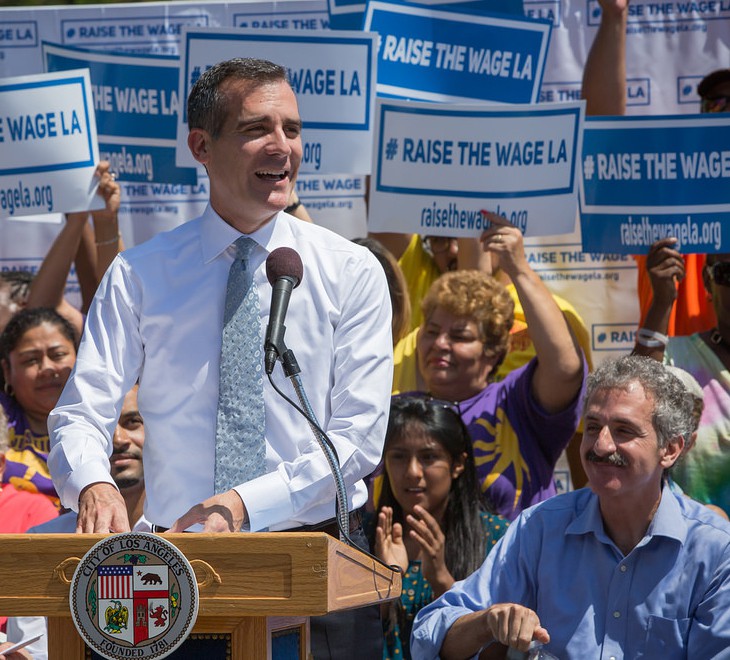FOR IMMEDIATE RELEASE: Tuesday, May 2, 2023
CONTACT: Daniel Flaming, danflaming@economicrt.org, 213-892-8104
“Every day I worry about losing my housing. I lived in a shelter for two years, and now I am well over $13,000 behind on my rent and trying to keep gas in my car.”
Anneisha Williams, worker at Jack in the Box, Los Angeles, California
FAST FOOD WORKERS MAKE UP 11 PERCENT OF ALL HOMELESS WORKERS IN CALIFORNIA AND 6 PERCENT OF THE TOTAL HOMELESS POPULATION.
Researchers at The Economic Roundtable found that the fast food industry has more of its workers in poverty than any other industry. The combination of low wages, part-time work and employee churn undercut workers’ ability to pay their rent.
LOS ANGELES – A report released by researchers at the Economic Roundtable Tuesday finds that the fast food industry has a larger share of its workers in poverty than any other industry.
The new Economic Roundtable report, Hungry Cooks, shows that if the fast food industry provided adequate pay and stable employment there would be 10,120 fewer homeless workers in California, 3,595 fewer homeless workers in Los Angeles County, and 1,889 fewer homeless workers in the City of Los Angeles.
Fast food workers are precariously housed because of low wages and part-time hours. There is no floor to prevent their fall into homelessness. The fast food labor force provides a daily flow of new entrants into homelessness.
California’s homeless population grew 51 percent from 2014 to 2022. Homelessness would have grown about one-fifth less in California if the fast food wage floor was adequate to ensure that workers have stable housing. Homelessness would have grown a still disastrous 42 percent, but not 51 percent.
California’s frontline fast food workforce obtains an average of only 1,340 hours of paid work per year. This is 26 hours a week if they work year-around, or more hours per week broken up by spells of unemployment. All of the other workers in California are employed an average of 1,839 hours a year. Full-time jobs are typical in California, outside of the fast food industry.
The median annual earnings of frontline fast food workers in California was $14,949 in 2020. Over two-thirds of California’s frontline workers are paid less than $20,000 a year. The poverty rate for the households of frontline workers in California is three times higher than the rate for the rest of the state’s workers.
Reducing the flow of new entrants into homelessness is by far the most feasible strategy for reducing and ending homelessness. There is less public cost and human misery in preventing fast food workers from becoming homeless than there is in intervening after the fact.
“California’s fast food workers bring in $59 in revenue for each hour that they are on the job. The fast food industry is thriving and has enough wealth to prevent workers from becoming homeless,” said Daniel Flaming, president of the Economic Roundtable.
About the Economic Roundtable
The Economic Roundtable is a nonprofit urban research organization based in Los Angeles that carries out large-scale data analyses to identify practical solutions to social, economic and environmental problems. To learn more, please visit http://economicrt.org/.
###













